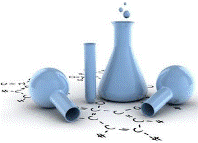Chemical and Biomolecular Engineering, Department of

Department of Chemical and Biomolecular Engineering: Faculty Publications
ORCID IDs
Demirel 0000-0002-8183-0991
Date of this Version
2015
Document Type
Article
Citation
Energy (2015) 93: 343–353
doi: 10.1016/j.energy.2015.09.043
Abstract
This study is for the technoeconomic analysis of an integral facility consisting of wind energy-based electrolytic hydrogen production, bioethanol-based carbon dioxide capture and compression, and direct methanol synthesis. ASPEN Plus was used to simulate the facility producing 97.01 mt (metric tons) methanol/day using 138.37 mt CO2/day and 18.56 mt H2/day. A discounted cash flow diagram for the integral facility is used for the economic analysis at various hydrogen production costs and methanol selling prices. The feasibility analysis is based on a multi-criteria decision matrix consisting of economic and sustainability indicators comparing renewable and non-renewable methanol productions. The overall energy efficiency for the renewable methanol is around 58%. Fixation of carbon reduces the CO2 equivalent emission by around –1.05 CO2e/kg methanol. The electrolytic hydrogen production cost is the largest contributor to the economics of the integral facility. The feasibility analysis based on multi-criteria shows that renewable methanol production may be feasible.
Included in
Industrial Engineering Commons, Other Engineering Commons, Process Control and Systems Commons


Comments
Copyright © 2015, Elsevier. Used by permission